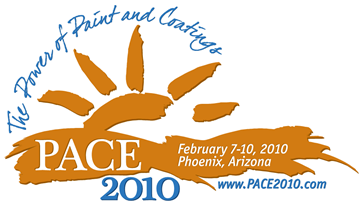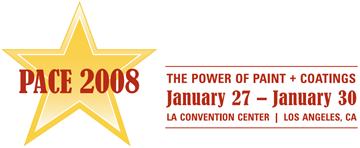Search
Products tagged with 'coating performance'
View as
Sort by
Display
per page
Understanding Zinc Rich Primers & Importance of Performance Based Approach Single Coat vs 3 Coat Performance
Product Number:
41210-574-SG
Publication Date:
2010
$20.00
Update on Mitigation of Mic Steel in A Marine Environment with Coatings
Product Number:
51219-209-SG
Publication Date:
2019
$20.00
Variability in Accelerated Corrosion Testing
Product Number:
51220-276-SG
Publication Date:
2020
$20.00
Zero VOC Water Based Epoxy Topcoat - Performance Equivalent to Solvent Based and High VOC Water Based Epoxies
Product Number:
41208-463-SG
Publication Date:
2008
$20.00





